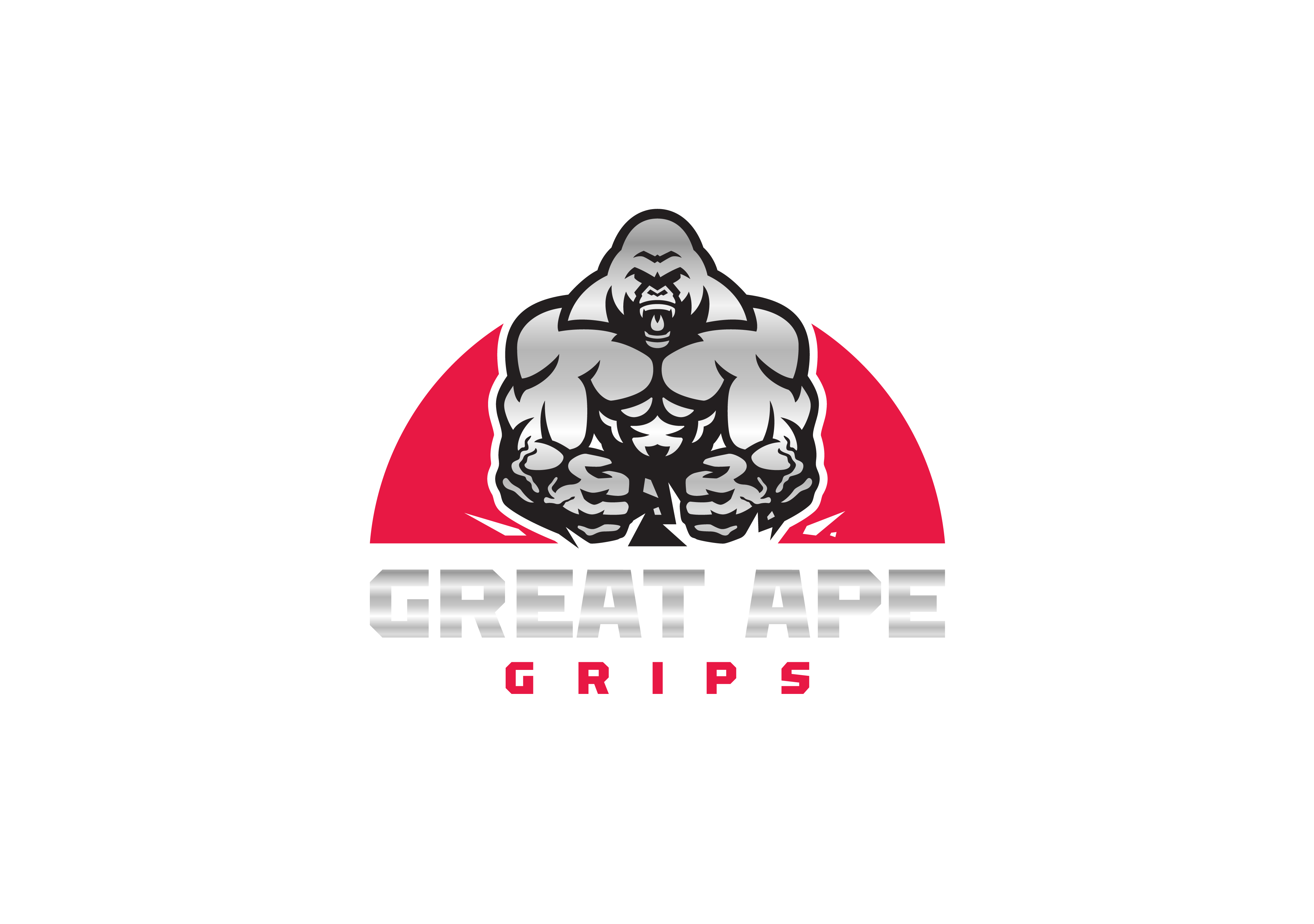The History of the Rice Bucket Workout: A Tale of Forearm and Grip Strength Training

Table of Contents
- Ancient Origins and Martial Arts Roots
- The Rice Bucket Workout Unveiled
- Transcending Martial Arts
- Science Behind the Strength
- Endurance, Dexterity, and Beyond
- Modern Relevance and Training Methods
- Cultural and Historical Significance
Introduction
In the world of fitness and strength training, innovative methods often emerge from unexpected sources. The history of the rice bucket workout is a testament to this principle. What might seem like a humble training tool has a fascinating backstory deeply rooted in ancient traditions and martial arts. This article dives into the origins, evolution, and enduring relevance of the rice bucket workout for developing forearm and grip strength.
Ancient Origins and Martial Arts Roots
The story of the rice bucket workout finds its origins in the legendary training practices of the Shaolin Monks. These dedicated martial artists recognized the pivotal role of grip strength in their combat techniques and devised an ingenious method to enhance it.
The Shaolin Monks and Their Training Philosophy
The Shaolin Monastery, nestled in the mountains of China, served as the cradle of martial arts. Monks, committed to the pursuit of physical and mental excellence, developed unique training methods to prepare for the rigors of combat.
Recognizing the Significance of Grip Strength
Grip strength formed a cornerstone of the monks' combat prowess. The ability to wield weapons, grapple opponents, and maintain balance relied heavily on robust forearms and hands. This realization prompted the creation of a training regimen that would evolve into the rice bucket workout.
The Rice Bucket Workout Unveiled
Simplicity Meets Effectiveness
The rice bucket workout might appear simple, but its effectiveness is profound. Monks filled buckets with rice and immersed their hands in them, performing a range of movements. The resistance provided by the rice grains engaged multiple muscle groups in the hands, wrists, and forearms.
Resisted Movements and Muscle Engagement
From gripping and squeezing to twisting and opening, each movement against the rice offered a unique challenge. This resistance-based training effectively targeted the muscles required for superior grip strength, endurance, and dexterity.
Transcending Martial Arts
From Monastery to Modern Training Facilities
As the reputation of the Shaolin Monks' prowess spread, so did the knowledge of their training methods. The rice bucket workout transcended the monastery's walls and found its way into various martial arts disciplines.
Diverse Applications and Popularity Surge
Beyond martial arts, the rice bucket workout gained popularity for its versatility. It became a valuable tool in physical therapy, sports conditioning, and general fitness. The accessible nature of the training, coupled with its remarkable results, contributed to its widespread adoption.
Science Behind the Strength
Muscle Activation and Conditioning
Scientifically, the rice bucket workout stands strong. The resisted movements engage muscles through eccentric and concentric contractions, promoting strength and muscle endurance. This unique approach fosters balanced muscle development crucial for injury prevention.
Rehabilitation and Therapeutic Benefits
Physical therapists recognized the therapeutic potential of the rice bucket workout. Its low-impact nature made it suitable for rehabilitating hand and forearm injuries. The exercise's ability to improve mobility, circulation, and overall hand health further bolstered its reputation.
Endurance, Dexterity, and Beyond
Beyond Grip Strength: Holistic Benefits
The rice bucket workout offers more while grip strength remains a focal point. Improved hand dexterity, flexibility, and enhanced endurance are additional benefits that impact daily activities and sports performance.
An Everyday Fitness Tool
From rock climbers to pianists, athletes to office workers, the rice bucket workout's universal benefits have found applications across professions and lifestyles. It's a testament to the enduring relevance of this ancient training technique.
Modern Relevance and Training Methods
Incorporating Rice Bucket Exercises
Modern fitness enthusiasts and athletes continue to harness the power of the rice bucket workout. Various exercises, such as finger curls, wrist twists, and pinch movements, can be adapted to suit individual training goals.
Integration with Contemporary Training Regimens
Today, the rice bucket workout complements existing training methods. It's a versatile tool that enhances grip strength, forearms, and hand health without requiring extensive equipment or space.
Cultural and Historical Significance
Preserving an Ancient Tradition
As modern fitness trends evolve, the rice bucket workout serves as a bridge between ancient wisdom and contemporary understanding. Its preservation pays homage to the wisdom of the Shaolin Monks.
Linking Past and Present Fitness
In a world of high-tech training equipment, the rice bucket workout reminds us of the simplicity and efficacy of ancient practices. It underscores that true strength transcends time and technology.
Inspired by the ancient practice of rice bucket workouts for forearm and grip strength, we founded Great Ape Grips with a singular goal in mind: to provide a dynamic and efficient way for individuals to enhance their hand strength and overall performance. Drawing from the tradition of using rice-filled buckets for strengthening, we innovatively crafted our 3 lb bag of rice with an ambidextrous glove inside. The workout you get has resistance against all movements, which exercises more muscles than any other grip strength product.
This modern adaptation offers a convenient and effective tool that engages multiple muscle groups in your hands, fingers, and forearms. Great Ape Grips' compact design ensures its portability, allowing you to carry your grip strength training wherever you go. Whether you're traveling, at the office, or in the gym, our Grip Tool offers a convenient way to engage in effective exercises on-the-fly. Its size and versatility make it the perfect companion for maintaining your grip strength routine anytime, anywhere.
Our dedication to blending time-honored techniques with contemporary fitness needs drove us to create Great Ape Grips. We're committed to helping you unlock your true potential and elevate your grip strength journey, just as the rice bucket method has done for generations.
Conclusion
The history of the rice bucket workout tells a story of innovation, adaptability, and enduring strength. From the ancient martial arts halls of the Shaolin Monks to modern fitness centers, its legacy lives on. By understanding the roots and principles of this exercise, individuals can unlock the benefits of enhanced grip strength, improved hand health, and holistic fitness.
FAQs
- Is the rice bucket workout suitable for all fitness levels?
Absolutely. The resistance can be adjusted to accommodate various fitness levels.
- How often should I incorporate rice bucket exercises into my routine?
Two to three times a week can yield noticeable improvements in grip strength and endurance.
- Can I integrate the rice bucket workout with my current training program?
Yes, it can complement your existing routine and provide targeted forearm and grip strengthening.








